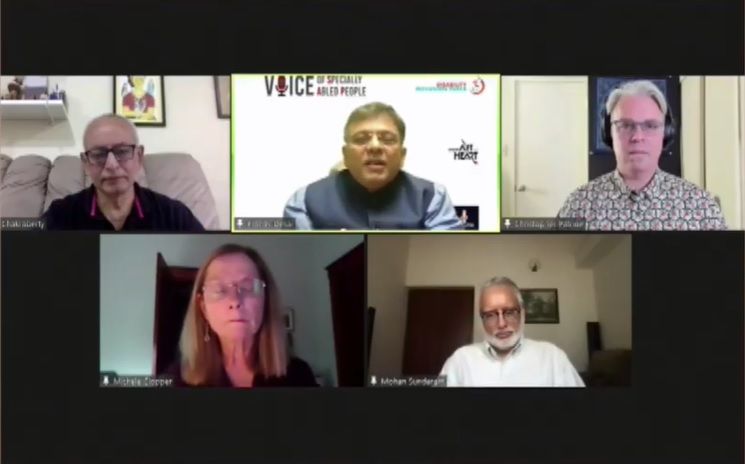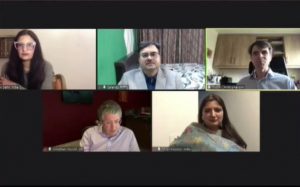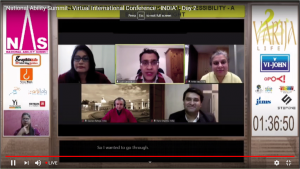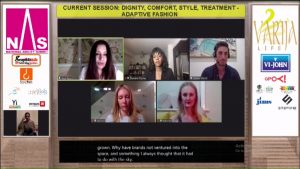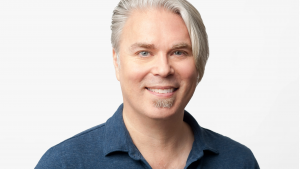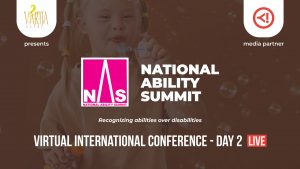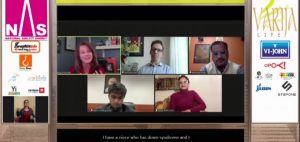Speaking at the National Ability Summit (NAS), a virtual event meant to create awareness around disability, professionals working in the tech field discussed the importance and issues surrounding ‘assistive technologies’ for the inclusion of people with disabilities (PWD).
There is a need to “break apart” the old-fashioned devices and build new ones in collaboration with the people of the community, said Christopher Patnoe, the Head of Google’s Accessibility Demand and Digital Inclusion (USA).
“We’re at a time of unprecedented change” and there is a need for us to build an accessible digital world, said Michele Clopper, the Director of Disability Resources at Harvard University.
Bengaluru-based tech-entrepreneur Mohan Sundaram was drawn towards the disability field after he was diagnosed with muscular dystrophy at the age of 16.
“I found very little was being done for us in India,” he said.
Having lived in both the US and India, Pranav Desai, founder of Voice of SAP, said the former is way more accessible as compared to India. Having polio in both his legs in no way posed a hindrance for him to have a successful career in the US.
“A person with a disability is capable, what is required is equipping them,” he said.
Mohan, who founded Artilab Foundations, said 60-70% of his employees are fresh graduates. When asked how he decides on whom to pick for years of commitment, he said that he is a part of multiple competitions that are run for college students where they come and present their ideas and prototypes. Many of them also come up with assistive tech.
“We engage with them and try to coach them into what is required,” he said.
Everyone agreed that there is a need for assistive technology to be affordable and there is a greater need for clarity in government policy.
“Whether we like it or not, govt is the largest driver for demand in this sector or any sector that is nascent,” Sundaram said.
“They’ll have to develop the sector to lend it maturity before it can fly on its own,” he added.

